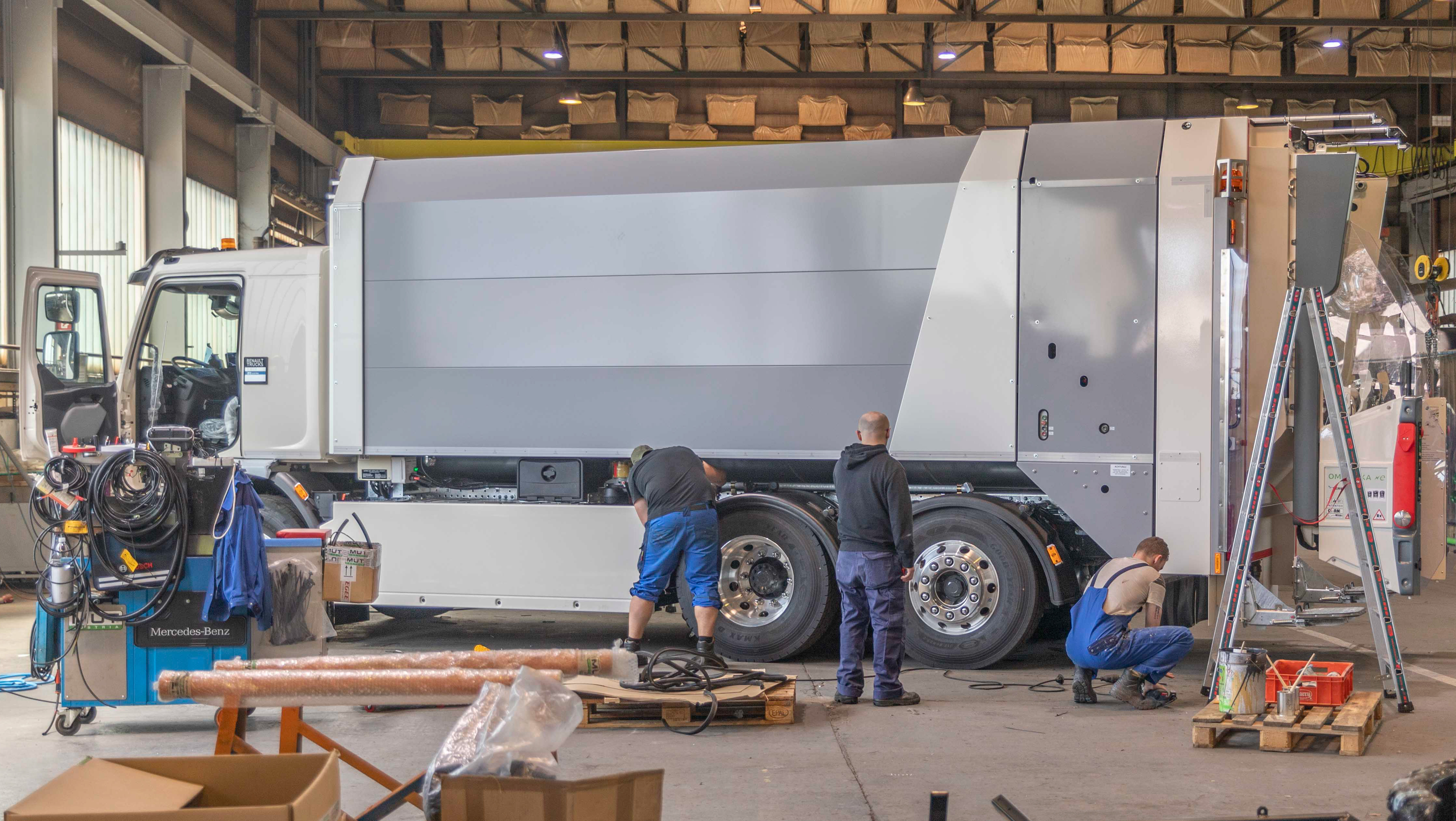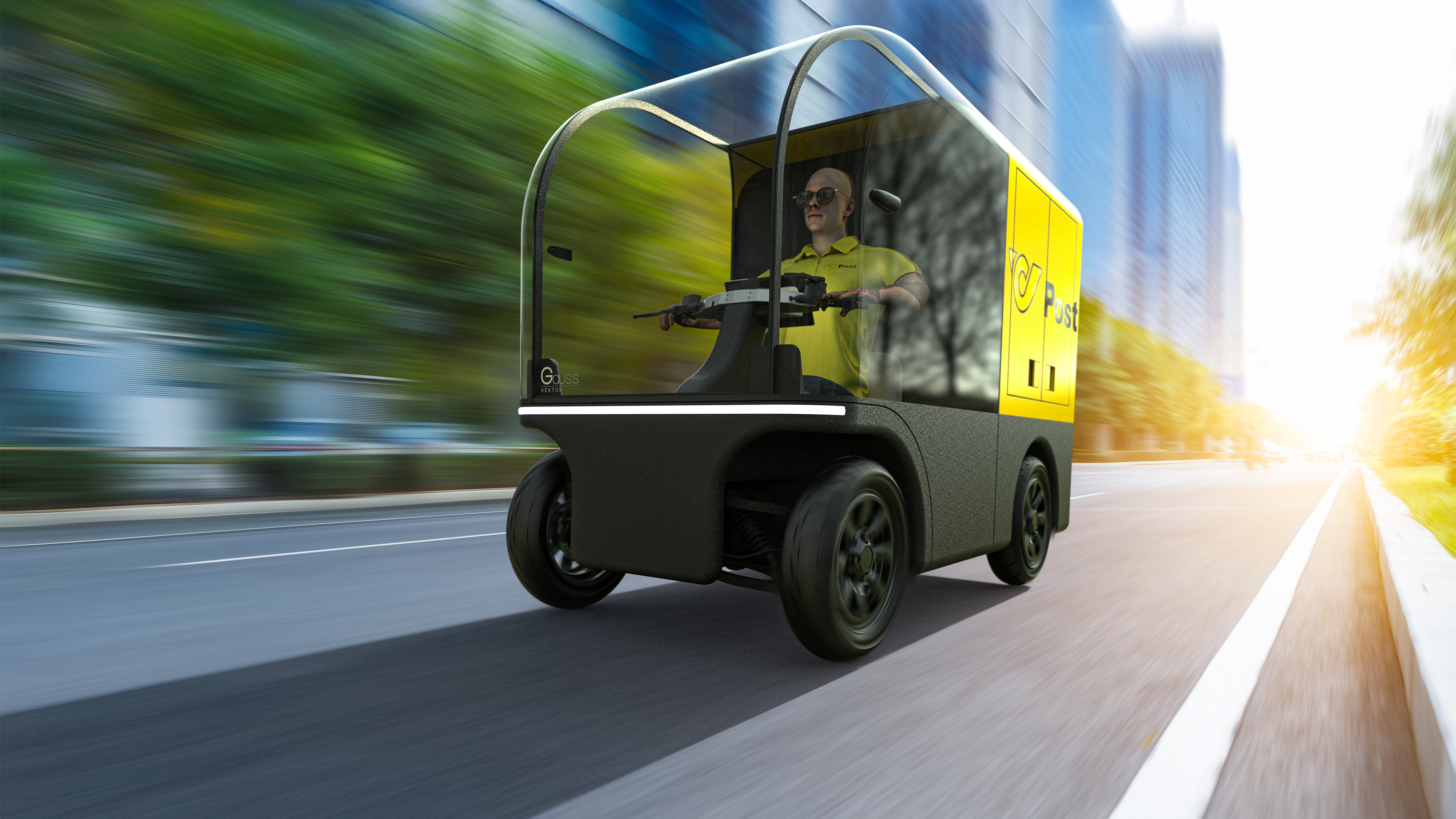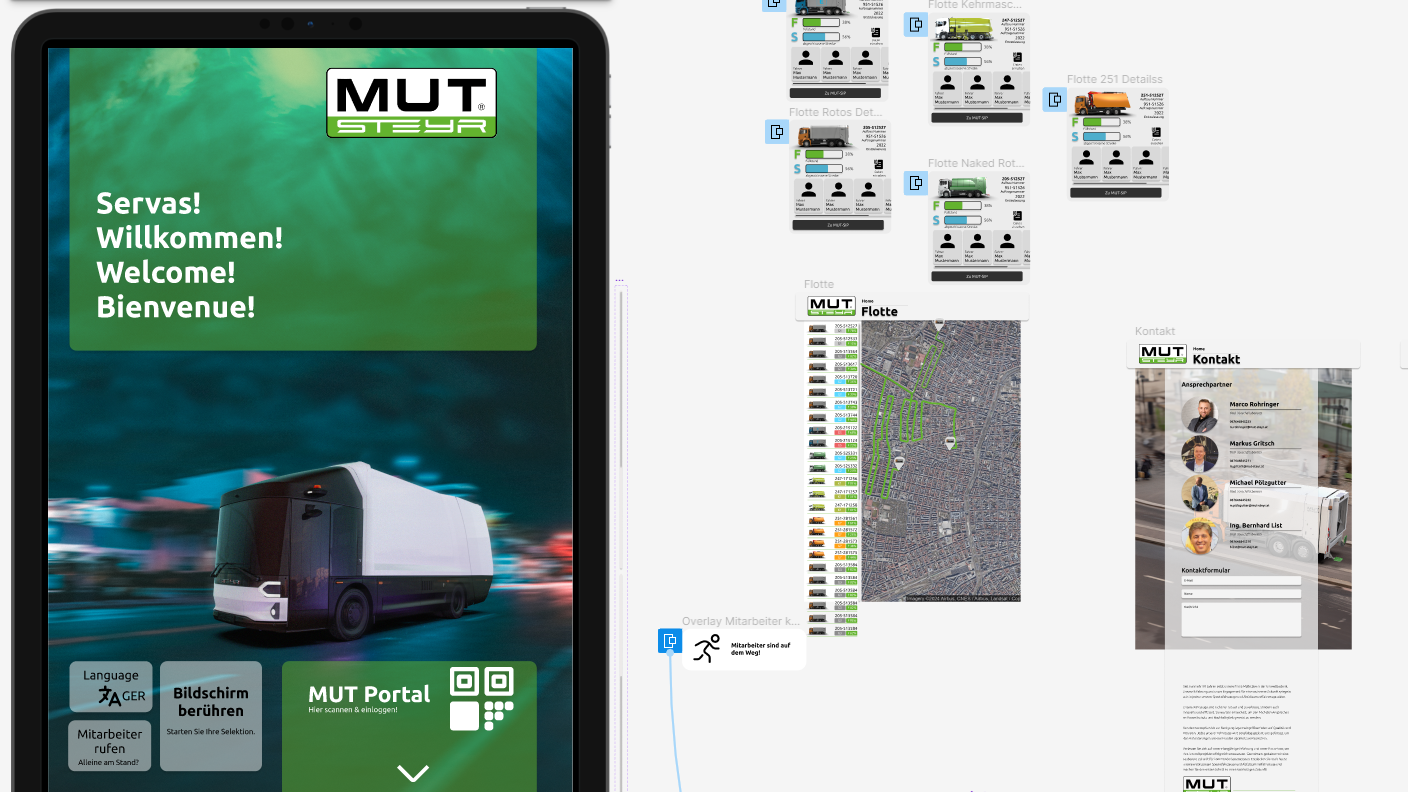The vehicle is built on a 3-axle chassis with crane and features a two-chamber container system, allowing for simultaneous collection of white and colored glass. My contribution came in the post-development phase: transforming the engineering CAD into a clean, photorealistic visual — including materials, lighting, and context — to support marketing, sales, and customer presentations.
To bring the rendering closer to reality, I photographed a real street scene in the city and added natural motion blur the old-school way — by actually moving the camera during the shot. The 3D model of the vehicle was then carefully composited into the image, matched to lighting and perspective. The result: a dynamic, believable scene without relying on digital motion effects alone.
This project also helped me level up in handling complex geometries — especially when working with the crane. Simulating realistic movements meant rotating hydraulic components in sync, like rigging a mechanical puppet. It was a great exercise in keeping visuals clean while staying true to real-world mechanics.








